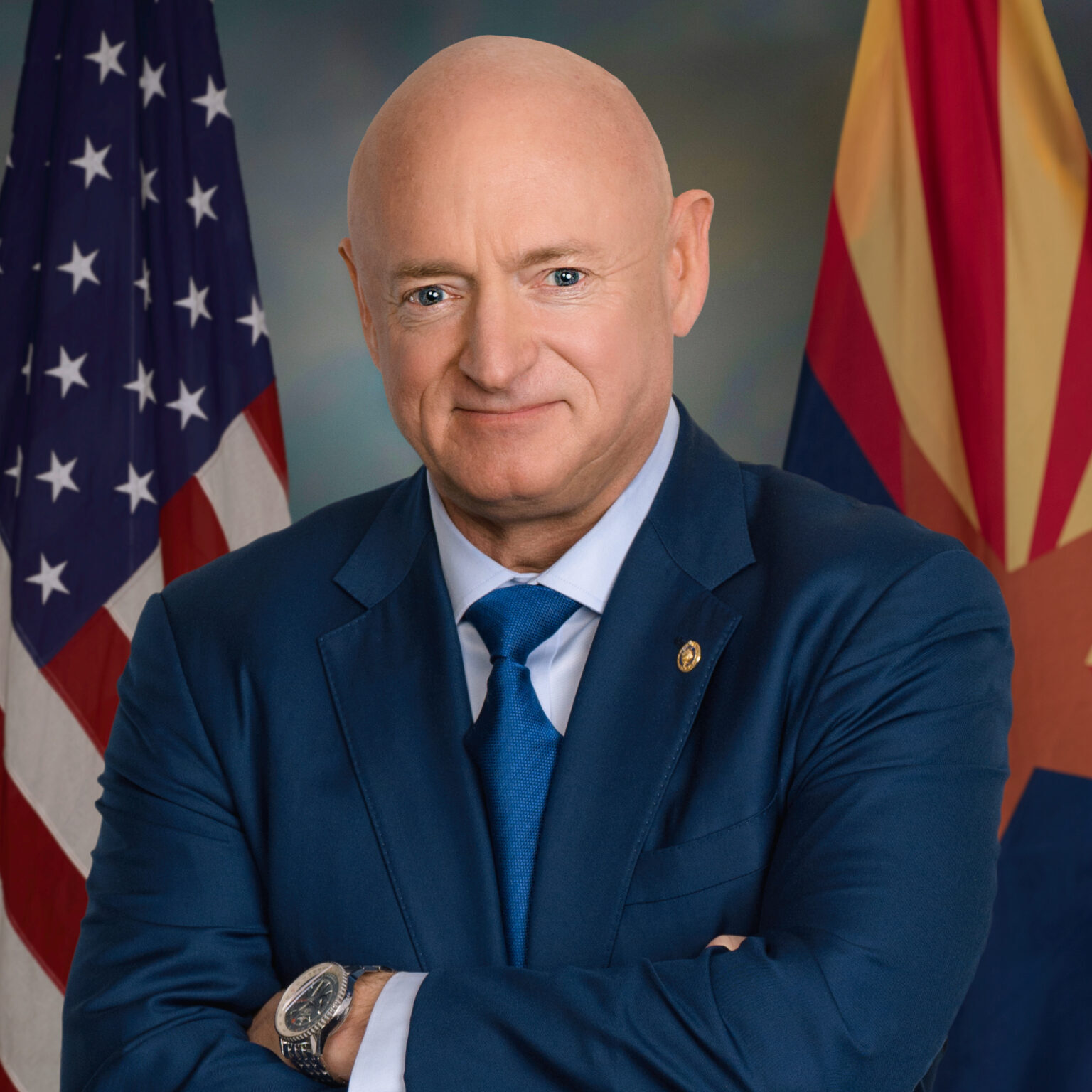Who Is The Senator Of Texas In 2025? Understanding Representation In The Lone Star State
Ever wondered who helps shape the laws and policies that impact Texans every single day? It's a pretty important question, especially when you think about how much goes on in our government. Knowing who represents you in Washington D.C. and in Austin, our state capital, is a big part of being an informed citizen. This article is all about helping you figure out just who those key figures are, specifically looking at the senators representing Texas as we head into 2025.
Texas, a truly vast state in the United States, has a unique setup for its representation. We send people to both the federal level, which is the United States Senate, and to our own state legislature, which is the Texas Senate. It's a system designed to make sure the voices of Texans are heard in many different places, which is good, you know, for making sure things get done.
So, as a matter of fact, we'll take a closer look at the individuals holding these significant roles. We will also touch upon the recent changes from the 2024 general election. This will help you get a clear picture of who is serving and what to expect in the coming year, which is, basically, what many people are curious about.
- Is Alina Married
- Who Is The Heaviest Rapper Ever
- Is Fairbanks Disease A Form Of Dwarfism
- What Are The Allegations Against Ben On Love Is Blind
- Who Is Sandra Locke Married To Now
Table of Contents
- Understanding Texas's Representation in the U.S. Senate
- The Current U.S. Senators for Texas (as of 2025)
- What Happened in the 2024 Election?
- The Texas State Senate (89th Legislature, 2025)
- Who Represents Me? Finding Your Legislators
- Looking Ahead: Key Dates and Sessions in 2025
- Frequently Asked Questions
Understanding Texas's Representation in the U.S. Senate
Texas, a state that joined the United States on December 29, 1845, holds a significant place in the nation's legislative body. It's pretty interesting, you know, to see how the state's journey began. Our first two senators, Samuel Houston and Thomas Rusk, took office way back on February 21, 1846, which was just after Texas became the 28th state to join the union. This historical fact, in a way, sets the stage for how our representation has evolved over time.
When it comes to the United States Senate, Texas, quite simply, has two senators. This is a consistent number for every state, regardless of its population, which is, as a matter of fact, a key feature of the Senate's design. These senators play a vital role in national policymaking, voting on federal laws, approving treaties, and confirming presidential appointments. They represent the entire state, which is a big responsibility, you know, considering Texas is so large and diverse.
In addition to our two U.S. senators, Texas also has 38 representatives in the United States House of Representatives. This number, unlike the Senate, is based on the state's population, so it can change after each census. So, in essence, we have a robust delegation working for Texas in Washington D.C., addressing both statewide and district-specific concerns, which is pretty important for making sure everyone's voice is heard.
- What Type Of Lawyer Is Gerry Spence
- What Does Alex Volkov Look Like
- Is Jules A Lawyer Reddit
- Who Is Martha Maccallum Married To
- What Is Top Surgery For A Woman
Texas elects its U.S. senators to Class 1 and Class 2 seats. This classification system, basically, determines when each senator's term is up for election. It's a staggered system, meaning both senator positions are not up for election at the same time, which helps maintain some continuity in representation. This setup, you know, ensures that there's always an experienced Texan voice in the Senate, even as elections bring about changes.
The Current U.S. Senators for Texas (as of 2025)
As we look at who represents Texas in the United States Senate in 2025, it's clear that the state's current senators are both Republicans. This has been the case for some time, and it reflects the political leanings that are, in some respects, quite strong in Texas. These individuals are key figures in national discussions and decisions, bringing the perspective of the Lone Star State to the federal level, which is really what they are there for.
One of Texas's U.S. senators is John Cornyn. He has been serving in this role since 2002, which means he has a great deal of experience in the Senate. His long tenure, you know, allows him to hold influential positions and contribute significantly to legislative efforts. He is a well-known figure in Texas politics, and his work impacts a wide range of issues, from economic policy to national security, which is, honestly, a lot to keep up with.
The other U.S. senator representing Texas is Ted Cruz. He began his service in 2013, so he also has a considerable amount of experience in Washington. Senator Cruz is known for his strong conservative viewpoints and his active participation in debates on various national topics. His presence in the Senate, basically, ensures that a particular set of values and principles from Texas are advocated for at the highest levels of government, which is, in a way, what his constituents expect.
It's important to remember that all information about the current United States congressmen from Texas, including their names and districts, is accurate as of March 31, 2025. This means that as of that date, John Cornyn and Ted Cruz are indeed the senators representing Texas. Their terms, you know, continue to run, and they will be actively involved in the legislative process throughout the year, which is pretty much their job.
Historically, Texas has had a diverse group of individuals serve in the U.S. Senate. A total of 27 Democrats, 7 Republicans, and 1 Liberal Republican have served or are currently serving as U.S. senators for the state. This shows, in some respects, the changing political landscape of Texas over the years, from its early days to the present. It's interesting, you know, to see how the representation has shifted and evolved.
What Happened in the 2024 Election?
The 2024 general election played a significant role in shaping the political landscape of Texas for the upcoming year. Following this election, the Texas Legislature, which includes both the state Senate and House, is welcoming a wave of new lawmakers. This is, you know, a pretty big deal because these new faces will help shape policies that affect every Texan, which is, honestly, a lot of responsibility.
One of the notable outcomes of the 2024 election was that Republicans gained seats in both the state Senate and the state House. This shift, basically, means that the Republican party will have an even stronger presence in crafting state policies. It's a clear indication of voter sentiment and, in a way, sets the tone for the legislative sessions to come. This kind of change, you know, can really influence the direction of the state.
For the U.S. Senate, the 2024 election also had specific implications, particularly for Class I senators. These senators, which is a specific category, were elected to office in the November 2024 general election, unless they took their seat through an appointment or a special election. Their terms are set to run from the beginning of the 119th Congress on January 3, 2025, all the way to the end of the 121st Congress on January 3, 2031. This means, you know, a long period of service for those elected in this cycle.
While John Cornyn and Ted Cruz were already serving, the 2024 election solidified the political makeup that would carry into 2025. People are, you know, getting to know the backgrounds, experiences, and political leanings of these newly elected Texas state senators and state representatives. Their individual perspectives will combine to shape Texas policy in the coming years, which is, basically, how our system works. It's a constant process of change and adaptation, which is, in some respects, a good thing for a vibrant democracy.
One example of a state-level change from this period involves Adam Hinojosa. He is an American politician who has represented the 27th district in the Texas Senate since 2025. Interestingly, in the 2022 election, Hinojosa was defeated by his Democratic challenger Morgan Lamantia. However, he narrowly ousted Democratic incumbent Morgan Lamantia in the 2024 election. This shows, you know, how dynamic and competitive elections can be, and how things can change quickly in politics.
The Texas State Senate (89th Legislature, 2025)
Beyond the U.S. Senate, Texas has its own state legislative body called the Texas Senate. This is a crucial part of our state government, responsible for creating and passing laws that directly affect Texans' daily lives. The Texas Senate is composed of 31 members, each representing a separate geographical district within the state. This means, you know, that each senator focuses on the specific needs and concerns of their district, which is, honestly, a pretty big job.
The 89th Texas Legislature is set to convene on Tuesday, which marks a new chapter for state policy. New members and returning members will be sworn in on January 14, 2025, which is the official opening day of the regular session. This is, basically, when the real work begins, and the legislative process gets into full swing. It's a moment of fresh starts and renewed commitments for the state's lawmakers, which is, in a way, always exciting.
For more facts about the senate of the 88th legislature, you could, you know, look at various resources that detail its work and accomplishments. The upcoming 89th legislature will build upon that foundation, with new members bringing fresh perspectives and ideas. A list of members of the 89th legislature is available on the Legislative Reference Library's (LRL) website, which is a great resource for staying informed.
The mailing address for all senators in Austin is consistent, making it easier for constituents to reach out to their representatives. This accessibility, you know, is important for a healthy democracy, allowing people to voice their opinions and concerns directly to those who make the laws. Contact information, including phone numbers for their capitol offices in Austin, is often provided, which is, basically, very helpful for public engagement.
Here’s a look at senators, often ranked from most conservative to most liberal, based on votes cast during the 2025 regular session. This kind of analysis, in some respects, gives people an idea of the political leanings within the state Senate. It helps observers understand how different members might approach various policy issues, which is, you know, something many people follow closely.
Who Represents Me? Finding Your Legislators
Knowing who represents you is a really important step in being an engaged citizen. Luckily, there are tools and resources available to help you find this information easily. The "Who Represents Me" feature, for example, provides details about current districts and the members serving in them. This includes not only the Texas Senate and Texas House of Representatives but also the Texas delegation to the U.S. Senate and House of Representatives, and even the State Board of Education. It's, honestly, a very comprehensive tool.
This kind of resource is incredibly helpful because it breaks down the complex structure of our government into something more manageable. You can, you know, usually find out who your specific representatives are based on your address. This ensures that you're connecting with the right people who are elected to serve your particular area, which is, basically, how local representation works.
The information provided typically includes the legislator's name, their district, a phone number, an email contact form, and often a website link. Some resources even list the committees they serve on, which is, in a way, very useful for understanding their areas of focus. All of this contact information is usually based on the latest details obtained by legislative reference libraries, ensuring it's accurate and up-to-date, which is, obviously, crucial.
Additional details and email response forms are often available directly on each member's website. This allows for more direct communication and, in some respects, a deeper look into their priorities and past work. It's a good idea, you know, to check these sites for the most current information, as things can sometimes change. Being able to easily reach out to your elected officials is a cornerstone of our democratic process, which is, honestly, something we should all value.
You can also use a map to find your congress senators and representatives, like those in Texas’s 25th congressional district (TX25). Visual tools like maps, in a way, make it even easier to understand geographical representation. This helps people connect their physical location to the legislative districts and the individuals who serve them, which is, basically, a very practical way to learn about your representation.
Looking Ahead: Key Dates and Sessions in 2025
As 2025 gets underway, there are several key dates and sessions that will define the legislative year for Texas. The 89th Texas Legislature, as mentioned, will officially convene with new members and returning members being sworn in on January 14, 2025. This day marks the opening of the regular session, which is, you know, a very important moment for the state's governance. It sets the stage for months of legislative work, which is, honestly, quite extensive.
Throughout the year, various committees will be hard at work considering important changes and bills. For example, on May 20, 2025, a committee considered more changes to college athlete compensation. This shows, you know, that legislators are addressing current issues that affect different aspects of life in Texas. These discussions are, basically, where the details of new laws are hammered out before they go to a full vote.
Another significant event was on May 19, 2025, when the senate approved the “Uvalde Strong” school safety act. This indicates, in some respects, a focus on critical issues like public safety and education. These legislative actions are, frankly, very impactful, as they aim to address pressing concerns within communities across the state. It's a clear sign that lawmakers are responding to the needs of their constituents, which is, of course, their primary role.
The education committee also took up the session’s major funding bill on May 15, 2025. Funding, you know, is always a central part of any legislative session, as it determines how state resources are allocated for various programs and services. These bills are, basically, the backbone of state operations, affecting everything from schools to infrastructure. It's a complex process, but a very necessary one, which is, honestly, a lot to manage.
Furthermore, on May 14, 2025, the senate passed a measure to deny bond to repeat offenders. This highlights, in a way, the legislature's focus on criminal justice and public safety. Such measures aim to strengthen laws and protect communities, which is, you know, a constant priority for many lawmakers. These actions reflect the ongoing efforts to refine and improve the legal framework of the state, which is, frankly, a continuous effort.
The Senate of the 89th Legislature, first called session, stands in recess until 2:00 pm, Monday, July 28, 2025. This indicates that legislative work often extends beyond the regular session, with special sessions called to address specific urgent matters. It shows, you know, the continuous nature of governance and the dedication required from elected officials to keep the state running smoothly. There's always, you know, something happening in the legislative world.
Frequently Asked Questions
How many U.S. senators does Texas have?
Texas has two senators in the United States Senate. This number is, basically, the same for every state in the U.S., regardless of its population size. It ensures, you know, that each state has an equal voice in the federal legislative body, which is, in a way, a founding principle of the Senate.
When did Texas join the U.S.?
Texas was admitted to the United States on December 29, 1845. It became the 28th state to join the union. Our first two senators, Samuel Houston and Thomas Rusk, took office, you know, shortly after, on February 21, 1846, which is pretty interesting history.
Who are the current U.S. senators for Texas?
The state's current U.S. senators are Republicans John Cornyn and Ted Cruz. John Cornyn has been serving since 2002, and Ted Cruz since 2013. This information is, as a matter of fact, accurate as of March 31, 2025, so they are the ones currently representing Texas in Washington D.C.
Understanding who represents you in government is a truly vital part of civic engagement. Knowing the roles of both U.S. senators and state senators helps you grasp the different levels of policymaking that affect your life. As we move through 2025, keeping an eye on the work of John Cornyn and Ted Cruz in the U.S. Senate, and the members of the 89th Texas Legislature in Austin, will help you stay informed about the decisions shaping our state. You can learn more about the Texas Senate on their official site, and link to this page to find out more about how Texas is represented.
- What Trope Is Twisted Lies
- Who Are Taller Rhea Perlman And Danny Devito
- Do Love Is Blind Contestants Get Paid
- How Much Does It Cost To Hire Danny Devito
- What Gender Is Jules From Euphoria Actress

Katie Britt Takes Office as Alabama's First Female Elected to the U.S

Josh Hawley

Sen. Mark Kelly - McCain Institute